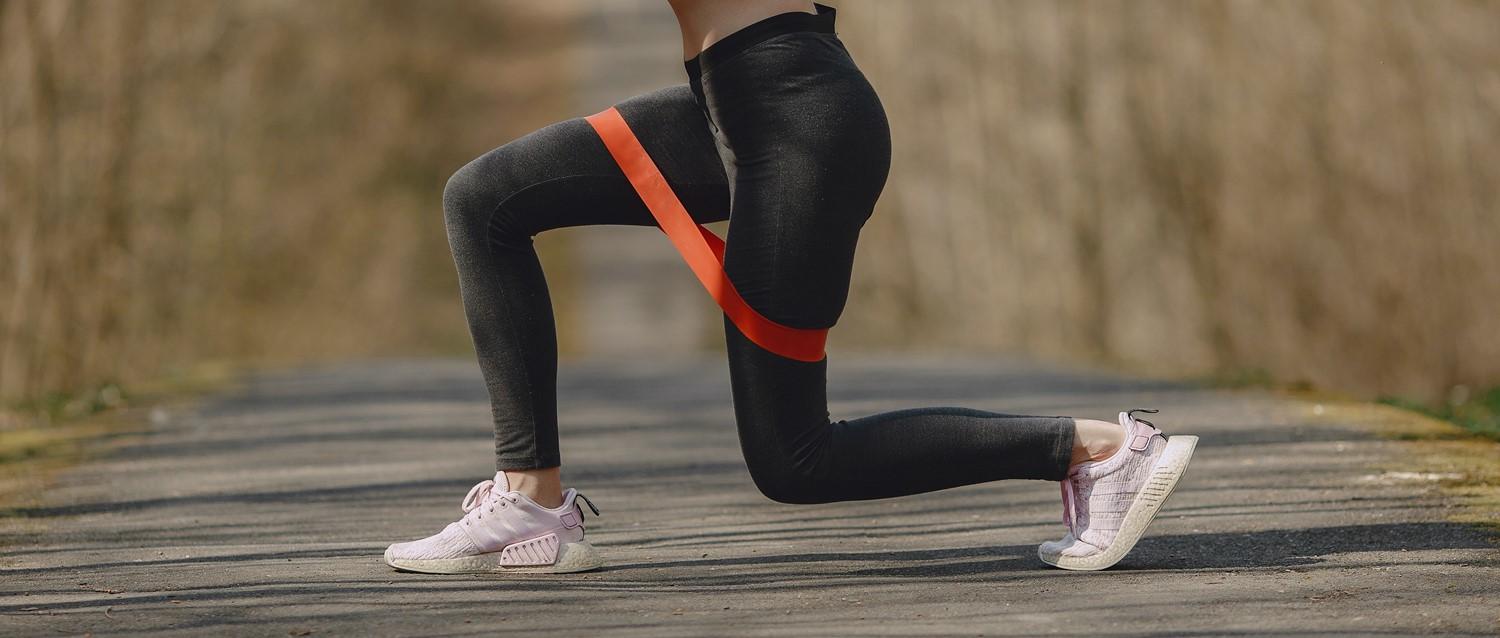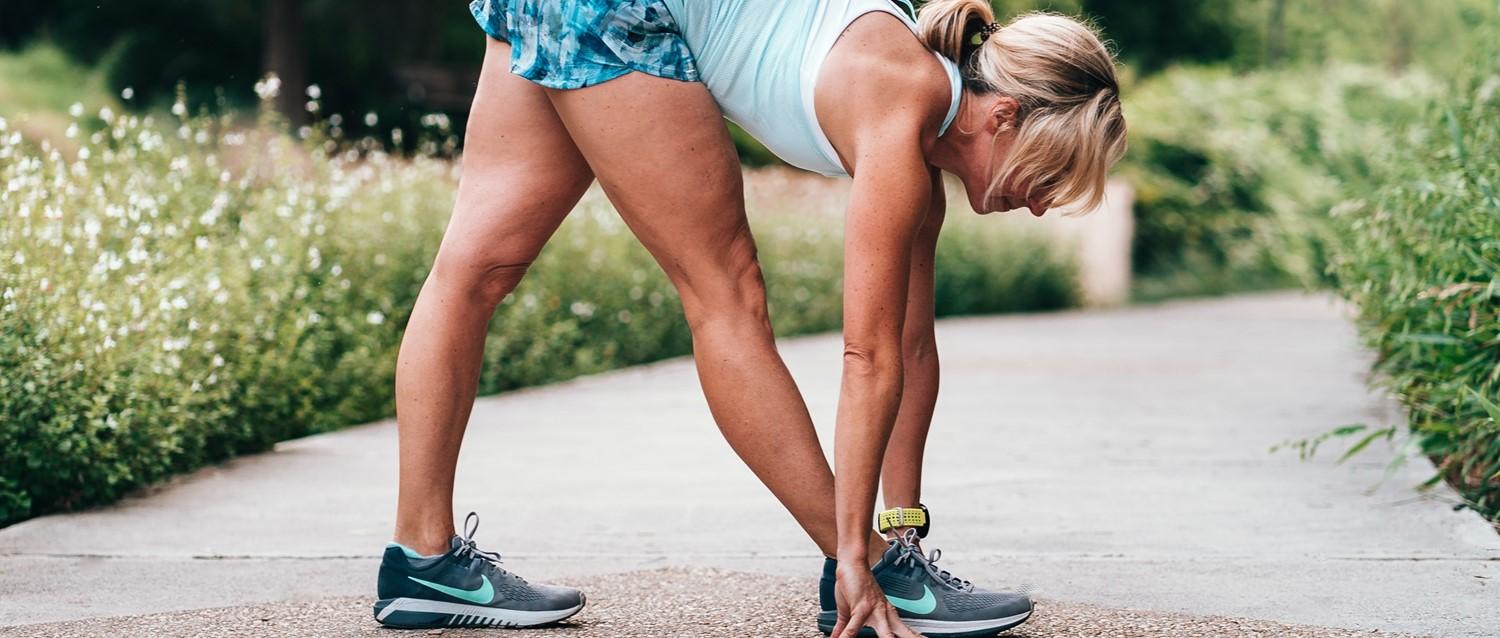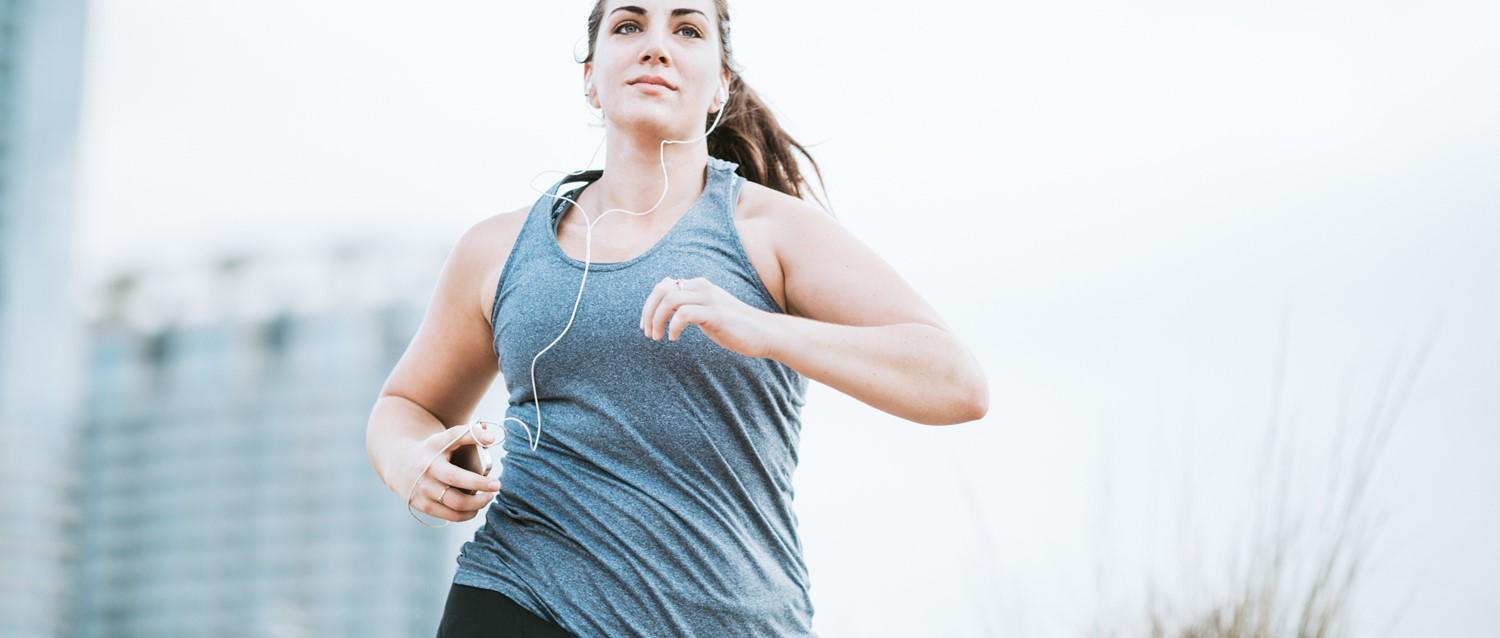
What are the best resistance band exercises for legs?
Peer reviewed by Dr Sarah Jarvis MBE, FRCGPLast updated by Amberley DavisLast updated 26 Apr 2022
Meets Patient’s editorial guidelines
- DownloadDownload
- Share
- Language
- Discussion
Resistance band exercises for legs are a great way to target and tone the large muscle groups in your legs while burning fat. Supported by a healthy diet, a routine resistance band leg workout could lead to more powerful, tighter leg muscles that are more defined in appearance.
In this article:
Continue reading below
Are resistance bands good for legs?
"Portable and versatile, the resistance band is a great piece of equipment for strengthening leg muscles," says fitness expert Laura Williams.
From injury rehabilitation to strength building, there are many benefits to using resistance bands. These flat elastic bands can wrap around lots of different parts of your body to provide extra pressure on targeted muscles.
Resistance bands are particularly useful for building and toning the large muscle groups in your legs and your glutes (the muscles in your bottom). During a resistance band leg workout, these large muscles are forced to work harder while performing each move.
How do resistance bands slim legs?
Leg exercises with bands can change your leg shape by building muscle mass and burning fat mass in your bottom, thighs, and lower legs. Through regular practice, your leg muscles become tighter and look more defined.
However, if your main goal is slimmer legs, you'll also need to support your resistance band exercises for legs with healthy diet adjustments. By cutting down on foods that are high in saturated fats, sugar, and salt, you help ensure that you burn enough fat in your legs to see a visible difference.
Continue reading below
What are the best resistance band exercises for legs?
All of the below resistance band exercises for legs should be repeated for a set number of repetitions (reps). The ideal amount of reps for you will depend on your ability.
By practising resistance band leg workouts at least three times a week, you will gradually build strength and these moves will become easier. When this happens, simply add more reps to continue your progress.
Fitness expert Laura Williams recommends:
Quadruped hip extensions
"These work your glutes and also your core (the stomach, hip, and back muscles around your mid-region)."
The starting position is the table-top pose (on hands and knees with knees, hips and shoulder joints all at right-angles, with elbows straight). Wrap the resistance band above your knees, around both thighs.
Engage your core by squeezing your stomach muscles and pull your left foot up towards the ceiling while keeping your knee bent at 90.
Slowly lower this knee back down to the ground.
Repeat with your other leg.
The bridge
"With a resistance band, this works a little more of the hip muscles."
Lie with your back, bottom, and feet flat on the floor, and your knees bent. Position your feet hip-width apart.
Wrap the resistance band around both your thighs, just above your knees.
Keeping your arms on the floor at your side and your feet flat, lift your hips off the floor and towards the ceiling.
Squeezing your glutes tightly, hold for a few seconds, then return your hips to the floor.
The clamshell
"This resistance band exercise is a great way to strengthen the main muscles of your glutes, and can help prevent and alleviate overuse injuries."
Lie on your side with one leg on top of the other and both knees slightly bent. Position the resistance band above your knees around both thighs.
Lift the knee of your top leg towards the ceiling while keeping your feet together.
Slowly lower your knee back down to the other knee position.
Repeat with your other leg.
Fitness and nutrition expert Penny Weston recommends:
Squats
Put your resistance band just above your knees around your thighs.
While keeping your feet flat and squeezing your glutes and your core, sit back into a squat: with your feet hip-width apart, bend your knees and push your bottom back and down until your thighs are just higher than your knees.
Stay in this position, keeping your weight in your heels and hold your arms stretched out in front.
Lateral walk
"This is a good exercise for engaging your glutes and hip muscles. It strengthens all major muscles in your hips, thighs, and legs and can help prevent injuries."
Wrap the resistance band around your thighs and sink into a half-squat position.
Lift your right foot and take one step to the right, followed by the left foot.
In the same position, step your left foot and then right foot to the left to return back to your starting point.
Repeat in the other direction.
Side leg raises
"This resistance band exercise builds strength in the hip muscles."
Lie down on your side with the resistance band looped above your knees.
Keep your bottom leg bent but straighten the top leg.
Slowly raise your top leg as high as you can and then lower it until it's hovering above the floor.
If you also actively push the bottom leg into the floor, you will exercise both legs at the same time.
Lie on your other side and repeat.
Leg curls
"These will help strengthen your glutes and hamstrings (the muscles that run down the back of your thighs), which is particularly important if you're a runner."
Lie on your stomach with your legs straight, looping the resistance band around your ankles.
Slowly curl your left leg by bringing your heel up to your bottom.
Hold this for several seconds, and then slowly lower the bent leg down to the starting position.
Repeat with the right leg.
Donkey kicks
"These will work the muscle groups in your glutes and core."
The starting position is the table-top pose. Loop the resistance band around your left foot, and put the other end under both hands (which should be in line with your shoulders).
Extend your left foot as far behind you as you can while squeezing your glutes.
Slowly return to the starting position.
Repeat with the right leg.
Who should do resistance band exercises for legs?
People of all ages and abilities can do a resistance band leg workout as they come in a range of difficulty levels. As resistance bands don't place as much pressure on your joints as weights do, they are especially useful for the older population or for anyone experiencing knee pain. By strengthening the muscles around your knee joints, resistance bands can rehabilitate your knee problems.
Patient picks for Exercise and physical activity

Healthy living
How to run a 10k with no experience
At the beginning of the year, I was clinging on to my New Year's resolution of getting in shape and somehow signed myself up for a 10 kilometre race around Kew Gardens in London. What could go wrong? For one, I had no experience and no idea where to start. Luckily, I sought advice from some experts. Pairing this with my own training experience, here are a few tips to see you through your first 10k.
by Georgia Gallant

Healthy living
How to get over your fear of exercise
The benefits of physical activity are well known. In the short term, doing some exercise can improve your mood and help you sleep better, as well as giving you a sense of accomplishment. Over the longer term, it can lower your risk of many chronic diseases, help keep your weight under control and strengthen your muscles and bones.
by Abi Millar
Continue reading below
Article history
The information on this page is peer reviewed by qualified clinicians.
26 Apr 2022 | Latest version

Ask, share, connect.
Browse discussions, ask questions, and share experiences across hundreds of health topics.

Feeling unwell?
Assess your symptoms online for free
Sign up to the Patient newsletter
Your weekly dose of clear, trustworthy health advice - written to help you feel informed, confident and in control.
By subscribing you accept our Privacy Policy. You can unsubscribe at any time. We never sell your data.